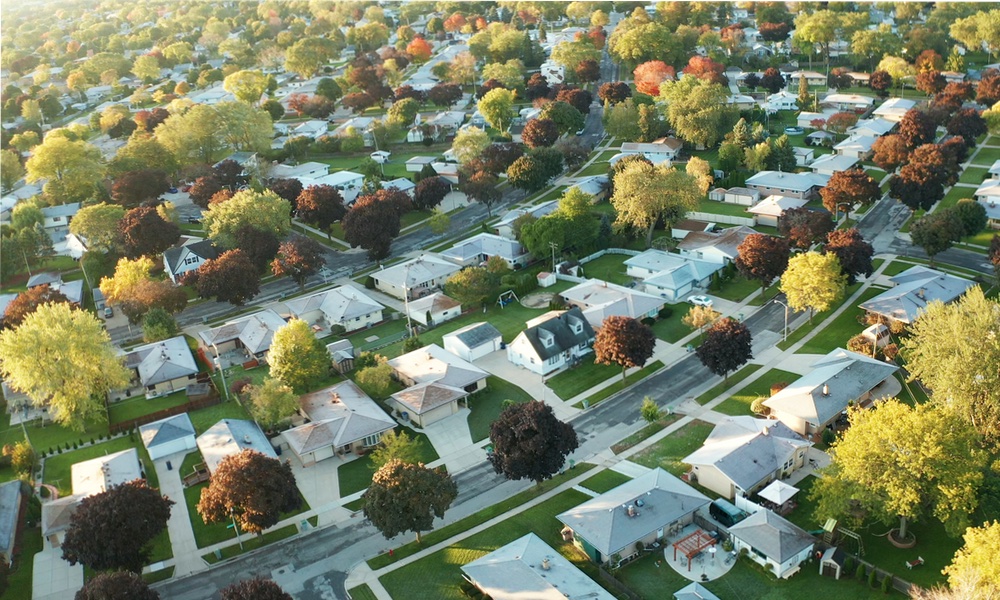The middle is not holding as well as it used to, at least when it comes to the middle class. While many upper middle-income Americans continue to see their life expectancy and wealth improve, people in the lower middle class are worse off, especially around retirement age, as a recent study, published in Health Affairs, shows.
These days, middle-class and lower middle-class Americans have poorer economic outcomes, reduced home ownership rates and worsening health, researchers at the University of Southern California and Columbia University's Mailman School of Public Health found. At the same time, people on these rungs of the economic ladder often don't qualify for assistance programs available to a lower income population.
To get a fuller picture of the current predicament, the researchers analyzed two forms of data. One was from the Health and Retirement Survey, which is a longitudinal survey (begun in the 80's) of a representative sample of Americans over the age of fifty. The researchers also used a tool called “The Future Elderly Model” which simulated the future life expectancy and disability of folks in their 50's at different times in their lives between 1994 and 2018.Health and social problems are on the rise among seniors in the middle class or lower.
The combined value of financial and housing wealth and other resources including income, health insurance benefits and quality-adjusted-life-years after age 60 grew 13 percent for the upper middle group, the researchers reported. But people in the lower middle group in 2018 were barely better off — with just 3 percent growth.
“The public conversation about inequality tends to focus on the challenges faced by only the most vulnerable populations,” said Bryan Tysinger, director of health policy simulation at the USC Schaeffer Center and research assistant professor at the USC Price School. “But our models found that there has been an important divergence in the middle of the economic distribution.”
Health and social problems are on the rise among seniors in the middle class or lower. The researchers point to a ripple effect of challenges — including an overburdened healthcare system, reduced productivity and strain on family caregivers.Middle-class Americans have poorer economic outcomes, lower home ownership rates and worsening health. At the same time, people on these rungs of the economic ladder often don't qualify for assistance programs made available to lower income populations.
“Our study projects lower-middle Americans will spend a longer proportion of remaining life with significant healthcare needs,” explained Dana Goldman, the dean of the USC Price School of Public Policy and Chair and director of the University of Southern California Leonard D. Schaeffer Center for Health Policy and Economics, in a press release; “but with no more economic resources to attend to those needs than similar cohorts had 20 years earlier.”





